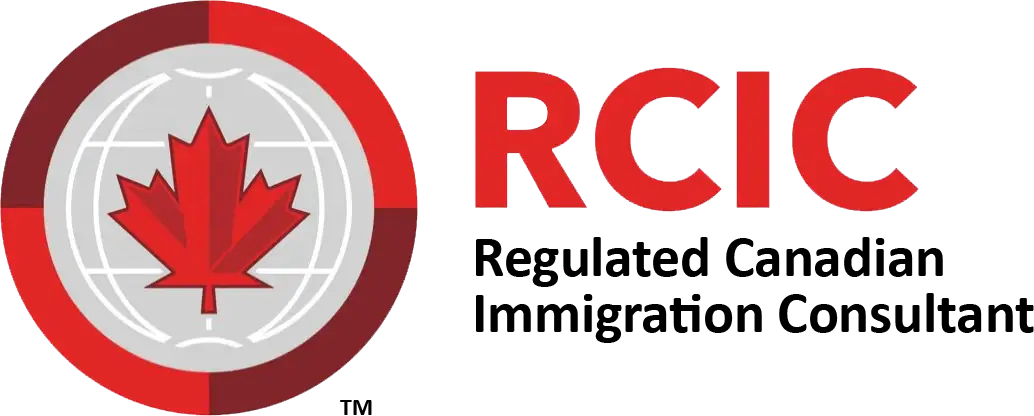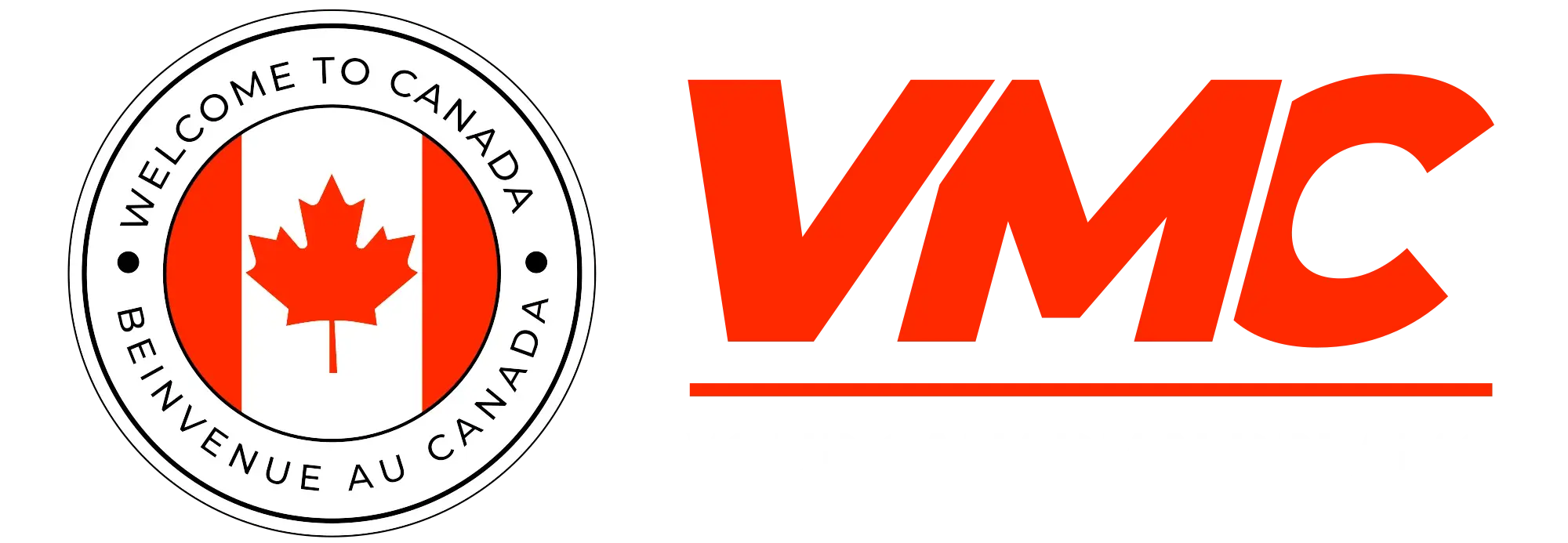What’s New in IRCC’s 2025–2026 Departmental Plan: A Complete Overview
On June 20, 2025, Immigration, Refugees and Citizenship Canada (IRCC) unveiled its Departmental Plan for fiscal year 2025–2026. This comprehensive roadmap introduces sweeping adjustments across key areas—temporary and permanent immigration, digital transformation, & refugee policies—to better align with Canada’s economic priorities, community capacity, and humanitarian commitments. Here’s everything applicants, employers, and newcomers need to know.
1. New Permanent Residence Pathways
- Economic Mobility Pathways Pilot (EMPP) goes permanent by end-2025. This program, initially designed for skilled refugees, will now provide a reliable route to PR status for these individuals.
- IRCC is exploring a PR pathway for refugee students currently in Canada
2. Permanent Resident Intake Reduced
- PR targets will downsize to 395,000 in 2025, falling further to 380,000 in 2026 and 365,000 in 2027
- Admissions are also capped at 1 % of Canada’s population annually
- At least 40 % of PR invites will go to applicants already in Canada, favouring those transitioning from temporary to permanent status
3. Caps on Temporary Residents
- IRCC is limiting temporary residents—students and workers—to 5 % of Canada’s population by end-2026
- TFWP-issued permits will be capped at around 80,000–84,000 annually (down from 184,000 in 2023)
- IMP permits will be similarly limited, with precise allocations adjusted year-to-year .
4. Express Entry Reforms
- Job-offer points eliminated from CRS effective Spring 2025—aimed at reducing fraud and leveling the playing field
- Future draws will be sector- and language-focused, prioritizing in-demand occupations (healthcare, trades) and French speakers.
- A GeoMatch pilot with Stanford will guide candidates to regions matching their skills and preferences
5. Sector-Specific Work Permits
- A new work permit stream is being created for agriculture and fish-processing, addressing critical labour shortages.
- The EMPP becomes permanent, reinforcing a path from skilled refugee to PR
6. PGWP & SOWP Changes
- PGWP eligibility will be tightened by updating qualifying fields of study.
- Spousal open work permit (SOWP) rules will also be modified for spouses of both international students and workers
7. New Free Trade Agreement (FTA) Work Permits
- Implementation of FTAs with Indonesia and Ecuador.
- Negotiations underway for additional FTA streams under CPTPP expansion and with ASEAN nations
8. Digital & Service Modernization
- A client online account is set to launch in 2025–26, streamlining applications and processes visamastercanada.
- Passport services will continue digital upgrades, including online renewals getgis.org.
- IRCC targets 80 % of applications processed within service standards, and a 90 % client satisfaction rate.
- Public support target: 65 % of Canadians backing immigration levels (was 50 % in 2023–24)
9. Francophone & Refugee Initiatives
- Expansion of the Welcoming Francophone Communities Initiative, aiming to grow the share of French‑speaking newcomers settling outside Quebec to 8.5 %.
- Continued emphasis on refugee pathways, including the EMPP and new routes for refugee students
10. Maintained‑Status Rule Changes (May 28, 2025)
- IRCC revised the rules governing “maintained status” for temporary residents with multiple extension applications—a crucial update for ongoing legal status in Canada
What This Means for You
| Stakeholder | Impact & Strategy |
|---|---|
| Express Entry Applicants | No more job‑offer points—focus on language, education, Canadian experience. Regional targeting could boost French speakers and skilled trades. |
| International Students | PGWP eligibility narrowed—consider field selection carefully. Cap on new permits may raise competition. |
| Temporary Workers/Employers | Fewer TFWP slots; new permits in agriculture/fish‐processing offer targeted opportunity. |
| Refugees & Students | EMPP becomes permanent, plus new refugee-student PR stream—stronger humanitarian channels. |
| Francophone Newcomers | Enhanced support and settlement funding to grow Francophone presence outside Quebec. |
| All Applicants | Digital account will simplify applications; faster processing and better transparency ahead. |
| Current Temporary Residents | Updated maintained‑status rules clarify legal standing while awaiting decisions. |
✅ Final Thoughts
IRCC’s 2025–2026 Departmental Plan marks a pivotal shift in Canada’s immigration approach—balancing economic necessity, community capacity, and humanitarian responsibility. While introducing caps and stricter eligibility, the government is also opening new PR pathways, especially for refugees and temporary residents.
🔑 Tips for VisaMasterCanada Clients
- Plan Express Entry strategies now—focus on French skills, Canadian work/study experience.
- Choose PGWP-eligible fields wisely and apply early amid permit caps.
- Explore new work streams in agriculture and fish-processing.
- For refugee and francophone clients, the EMPP and new pilot programs offer compelling pathways.
- Watch for the online client portal launch—better tracking and uploads soon available.


